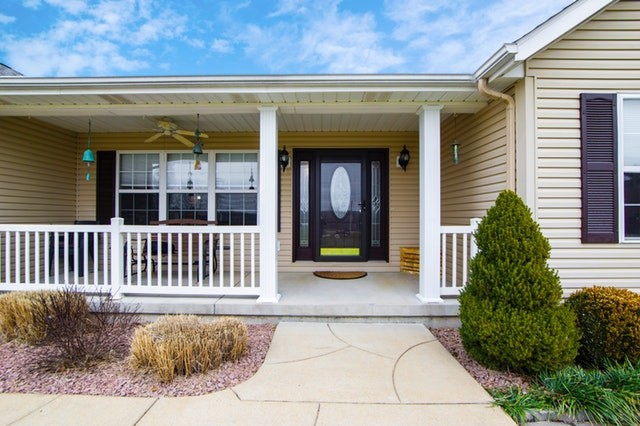When Owners Stay Long-Term
November 4, 2019 by Marty Orefice | Real Estate

As the population grows healthier and healthier, people are staying in their homes longer. The current homeowner stays within their home for 13 years, according to the Wall Street Journal. For comparison, in 2010 (less than a decade ago) the average stay of a homeowner was 8 years.
People are staying in their homes longer because older populations are increasingly agile, and they do not need to scale down their home once their kids leave the nest.
That being said the quantity of larger homes on the market is becoming more scarce. Housing inventory is at the lowest its been in 37 years, based on data from CoreLogic.
Based on the laws of supply and demand, this has increased the cost of larger homes, keeping families in smaller homes they may have outgrown. CoreLogic data also reveals that the average price of “starter homes” has risen by 64% since 2012.
What Does This Mean for Homebuyers?
It's hard to set out to save a certain amount of money to purchase the ideal home, when the cost of the ideal home is continuously increasing.
If the price of your home is increasing exponentially, you'll want to do everything you can to lock it in at today's market value – even if you're not ready to upgrade or become a homeowner yet.
How can you make that happen before you're ready?
Through a lease-option deal, you can set the purchase price of your future home today, rent the property for 2 or 3 years and, then, buy the property for the price you selected at the beginning of the term.
This strategy gives you time to raise the funds you need for the down payment or the credit score you need to qualify for a mortgage. Maybe it helped you get through a few promotion cycles so that your salary can match what's needed for this caliber home.
Regardless of what you need it for, rent to own can give you time to prepare for the purchase of a higher-end home.
You Can Still Move Around
Just because the statistics show that homeowners are staying put for longer periods of time doesn't mean that purchasing a home means you're going to be stuck. Consider your new home your own personal bank.
Homes retain their value.
That's not to say that when you purchase a home for $250,000 it's always going to be worth $250,000. Rather, when you purchase a home at fair market value, when the market shifts, your home won't be the only one hit.
Basically, if the market crashes, homes around the country will lose value. So, if you want to sell your home in favor of a comparable home somewhere else, you can make it work – no matter what the market looks like.
That being said, no, you can't get a 6-bedroom home in San Francisco for the same price as you could in Hoover, Alabama, but you can't do that with the money you have today either. In a few years, should you choose to move, you can purchase a home valued at $250,000 in today's dollars with the money you earn from the sale of the home you're buying now for $250,000.
As mentioned before, homes retain their comparable value to other homes on the market. Therefore, they're a sound investment that puts you on track to have a home for life.
Photo of Home Exterior by Milly Eaton is licensed under the Pexels Photo License.
